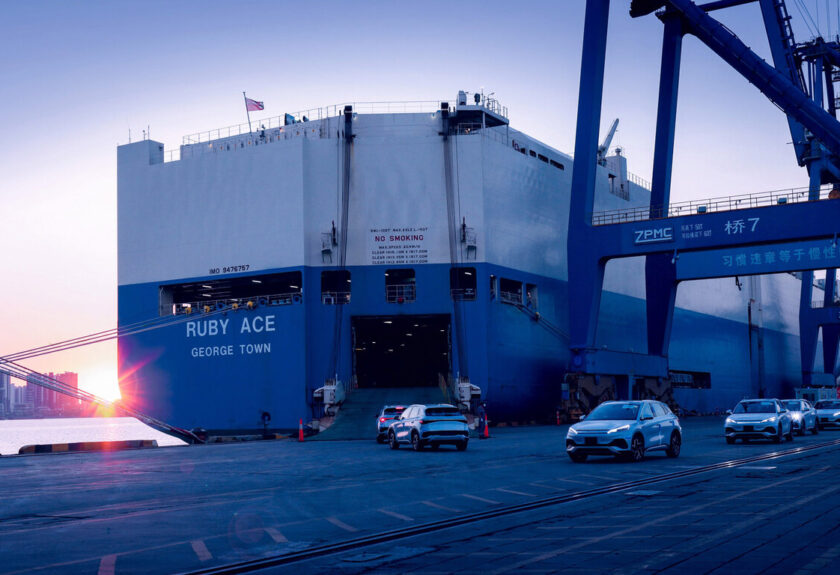They are so called because of the acronym of the English term roll on-roll off, referring to the procedure in which a means of transport is driven onto a ship as in this case by its own means, without any other loading equipment. These vessels have ramps that allow the cargo to be unloaded (roll off) and loaded (roll on); in contrast, lo-lo containers (lift on-lift off).
Roro vessels indicate that they were designed in a risky way, which increases the probability of accidents, certain studies have revealed that the stability checks of these vessels before departure is extremely important, since the most recent incidents after being investigated were due to inaccurate information of the cargo, where it enters a role of great value such as the shipper, who provides the data of the load, adding the responsibility of the captain who must check the stability of the ship before leaving the port.
In addition, the design of these vessels lacks watertightness capable of preventing large displacements of water flows inside. If water enters the deck of the vehicles, the vessel may begin to destabilize and eventually sink.







